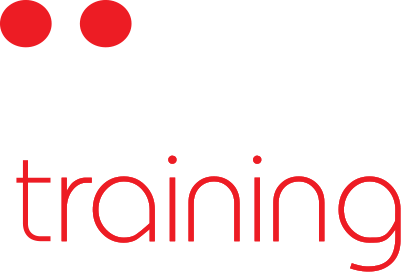With every year that passes, the technology field seems to be an increasingly growing industry. Not only is the IT industry itself becoming larger and more significant, but the lines have begun to blur, as technological advancement infiltrates and becomes an integral facet of most other fields. Is the demand for IT skills rising? Certainly! And at an incredible rate.
Where are these IT skills needed?
IT skills and the need for IT training are in hot demand within the current job market, and have become a necessity in nearly every industry. As technology branches into all industries (and, as a result, businesses have grown) there has been a marked increase in the availability of IT related positions. Hiring trends in 2014 suggested that the most in-demand areas include big data, cloud computing, security, and mobile technology.
Within big business, the need for security amidst a large technological infrastructure has become paramount. IT professionals with top security skills will be in great demand for these expanding businesses. Big data goes hand in hand with security skills. With the advent of cloud computing, businesses have begun to amass large amounts of company and customer data. This requires the skills of outstanding data administrators and security professionals who can make sure the company’s data is well-protected from security infiltrations or technical failures.
In businesses of all kinds, the need for IT support and helpdesk professionals will also be in high demand. Major corporations with massive networks and hundreds of users will require the support of IT experts, ready to help, fix, and patch. IT training is also a field which is seeing much growth, as employees may require extensive training and assistance in using new software. IT training for IT professionals will also increase, as this mass of new jobs will require pros to constantly brush up on their existing skills and keep abreast of new technological advancements.
What further skills will be in demand?
Top IT industry professionals suggest that the following should be part of IT skills development for the current environment:
- An understanding of higher-level languages like Java, Ruby, and Python SQL, HTML, C#/C++, ASP.Net and XML
- Mobile development such as iOS, Android, and Sencha
- Big data development skills-storage and analysis
- Video and graphic editing
- Agile
- Experience with NoSQL databases: Cassandra, MongoDB and Redis
- HTML5 programming
- IT certifications
These skills represent what skills are currently in great demand for IT professionals as well as what skills would help job seekers get an edge in the competitive and vastly changing market. Working towards and achieving IT certifications is not necessary to gainful employment in the field, but may increase the salary of an IT professional.
Keep Learning
There can be no doubt that IT is one of the fastest growing industries, and careers within this realm are exploding. To keep up with the rapid changes and developments, constant training and honing of these specialised skills will be necessary to remain competitive. It seems there is always something new to learn and discover in the IT field, so to be successful within IT, perhaps the most important skill is a dedication and willingness to learn, grow, and improve.


